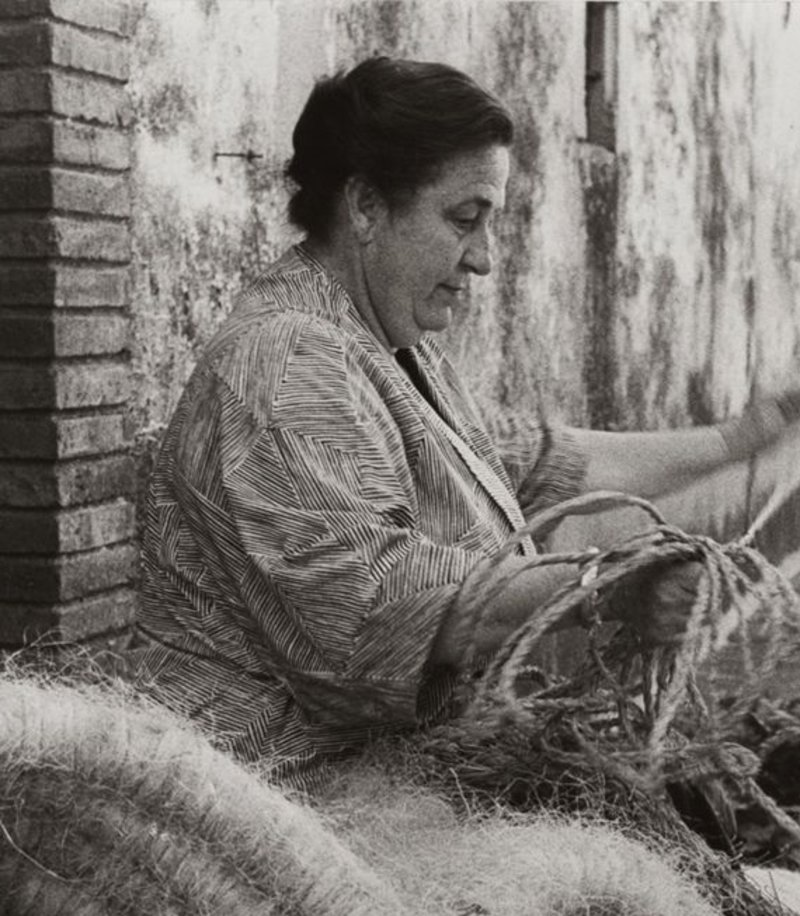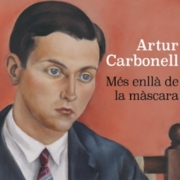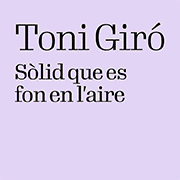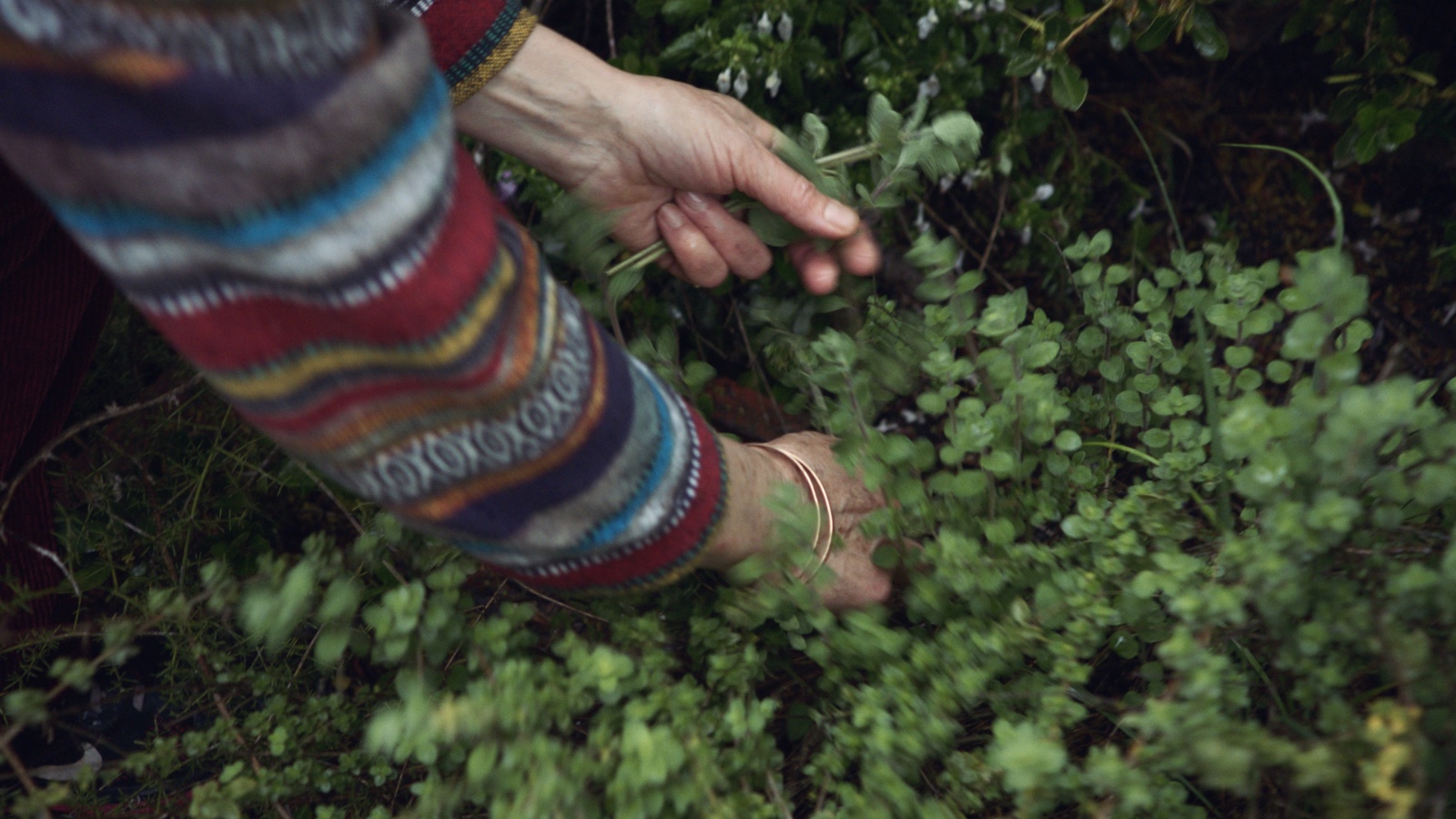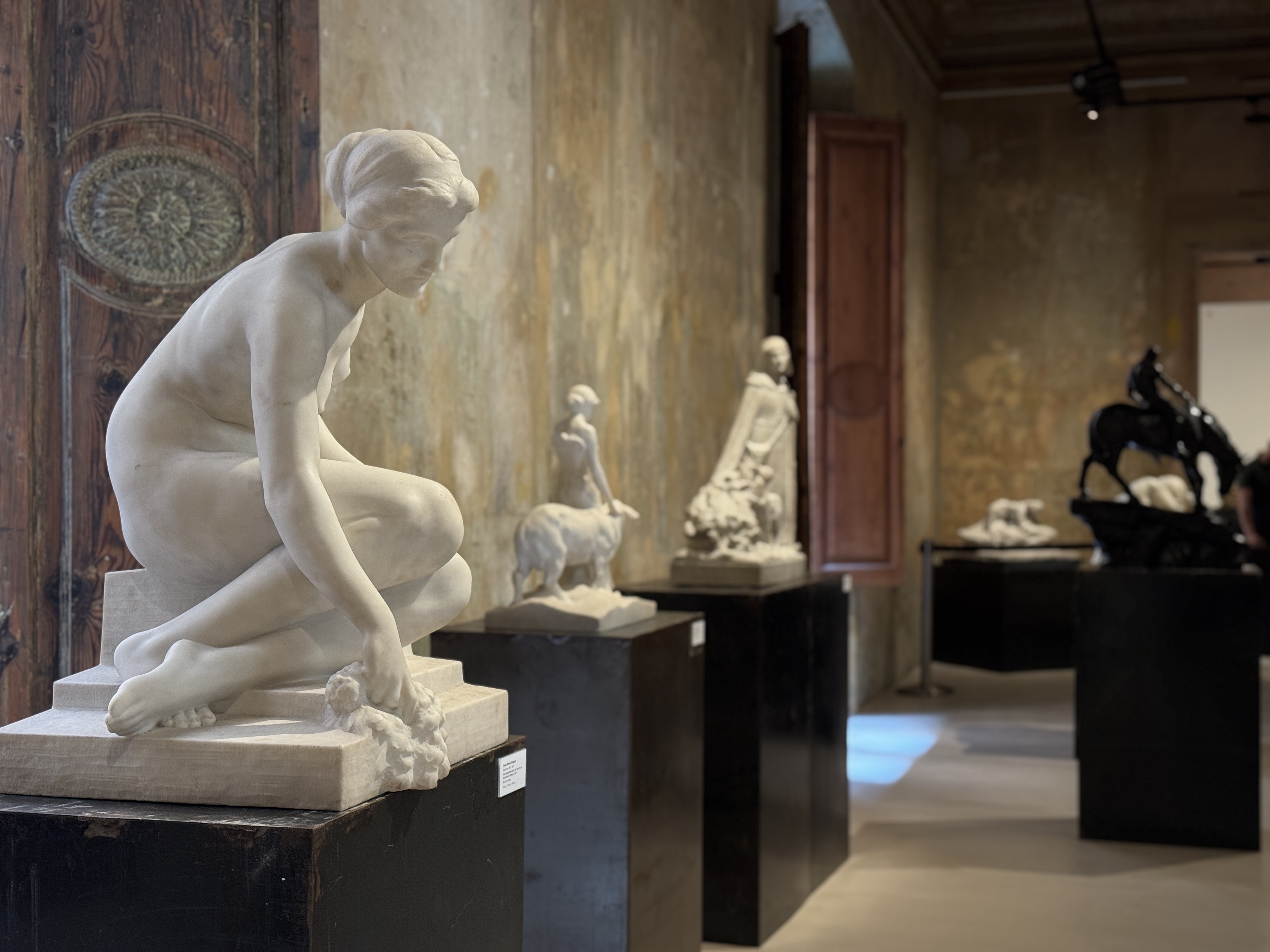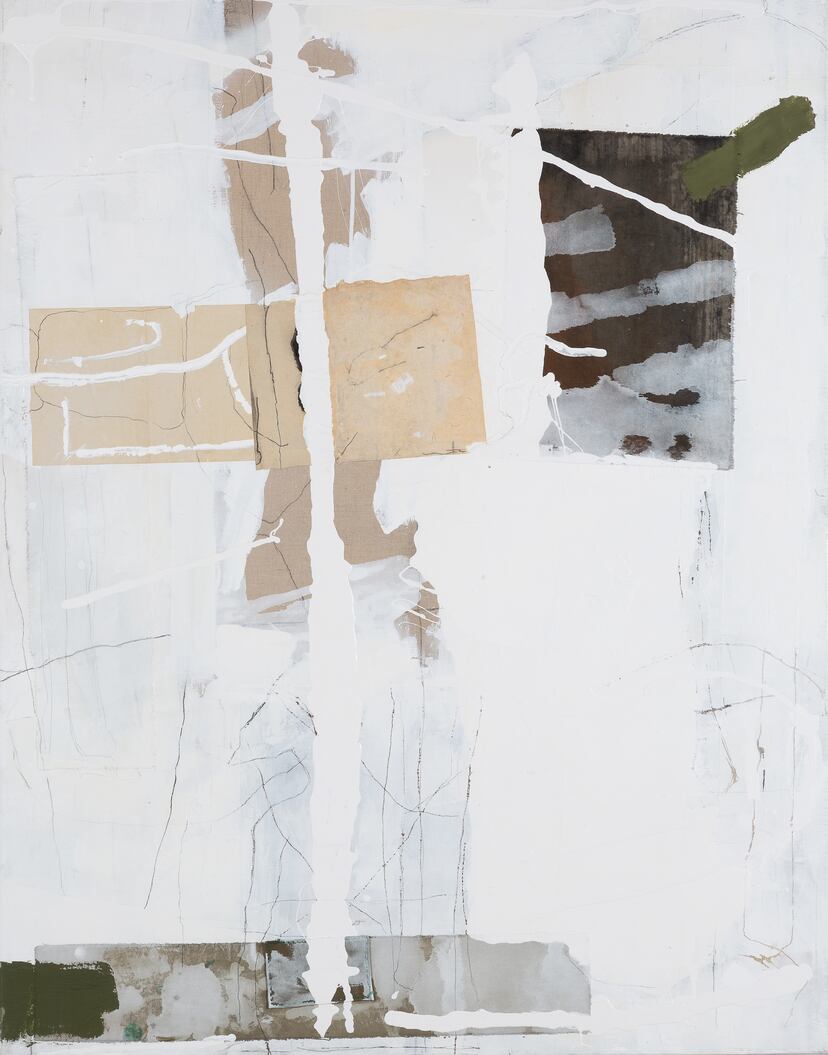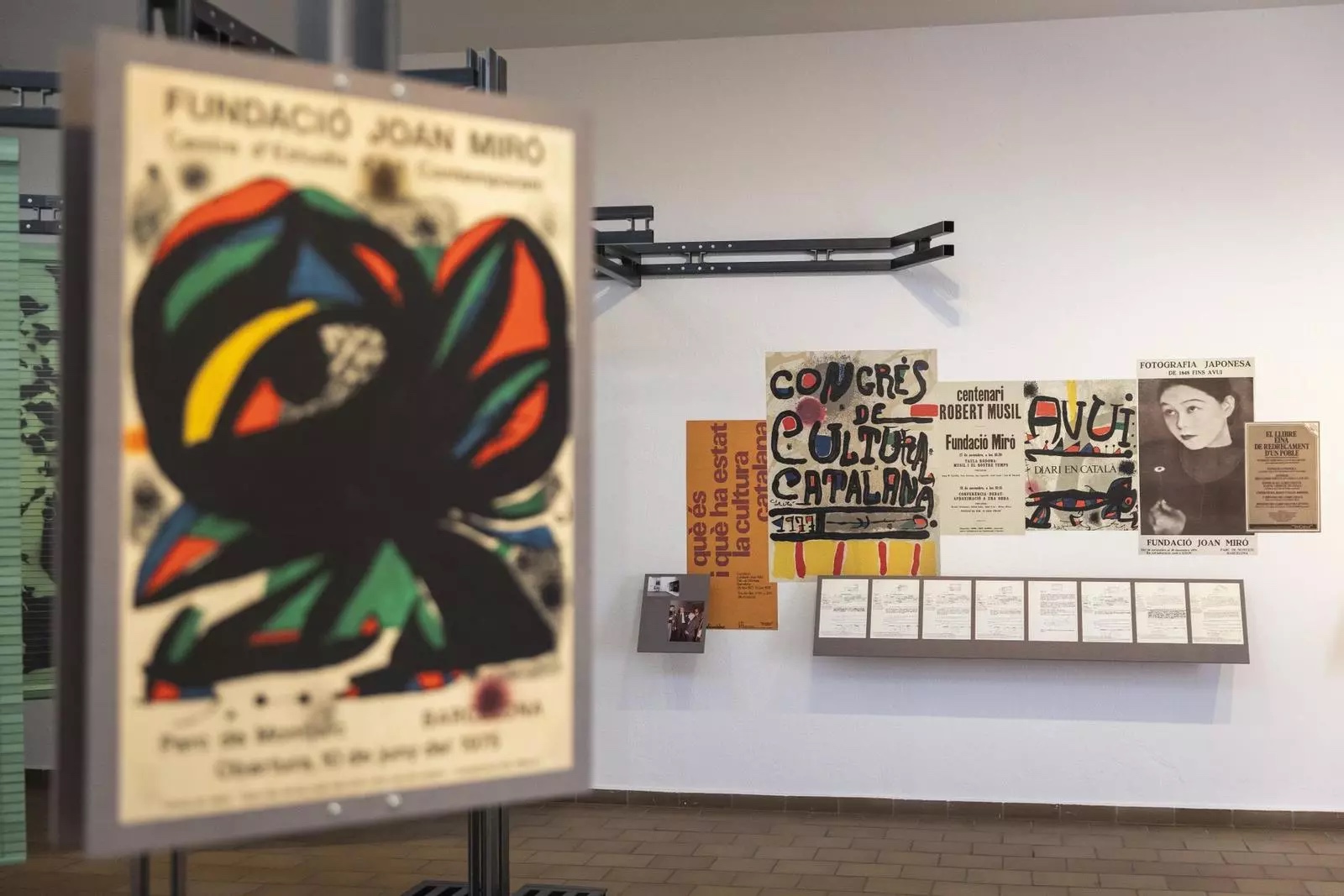News
Dolors Oromí and the renewal of contemporary tapestry
A life dedicated to transforming matter and opening new paths in textile art.
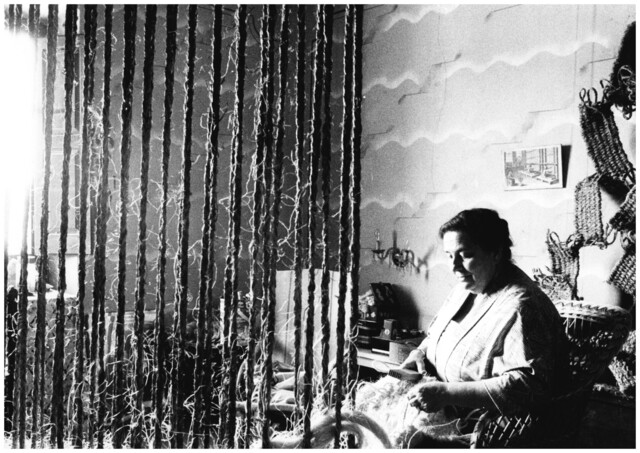
Dolors Oromí, a textile artist born in Barcelona in 1928, was part of a generation that shook the foundations of traditional tapestry and helped transform it into a discipline with its own language. Trained at the Escola d'Arts i Oficis de la Llotja and a disciple of Josep Grau-Garriga, Oromí experienced first-hand the radical change that occurred in the 1960s. At that time, artisans and artists began to rethink tapestry. It was no longer just a functional technique but a tool to express new shapes and volumes, using natural fibers and abandoning the classic figurative motif. Tapestry became sculptural objects that inhabited space in a different way.
This artistic turn caught the attention of critics and opened the door for tapestry to be considered an autonomous branch within contemporary art. Oromí, with her work, was an active part of this evolution, contributing a particular voice that reflected a deep connection with nature and the roots of the material she manipulated. In fact, Pilar Parcerisas sums it up very well: “Dolors Oromí has braided the fruits of the earth in their natural state to embrace the wild beauty of the forest and the knots of an original knowledge”.
 Sense títol, Dolors Oromí (1979). Galeria Artur Ramon
Sense títol, Dolors Oromí (1979). Galeria Artur Ramon
Oromí had always worked with wool until, on one occasion in the manor house of Palau-solità i Plegamans, he ran out of material. Without even thinking about it, he went outside and collected a handful of vegetable fibers from a nearby cart to continue weaving. This anecdote reflects very well his way of understanding the material and its spirit. With these natural fibers he continued to develop pieces and was present at several editions of the International Tapestry Biennale of Lausanne, sharing space with his teacher and other contemporary artists such as Teresa Codina and Aurèlia Muñoz. Throughout his career, he also formed part of institutions such as the Foment de les Arts Decoratives (FAD) and the Mérito Artistico Europeu (MAE), two entities that have played a key role in the promotion and dissemination of decorative and applied arts.
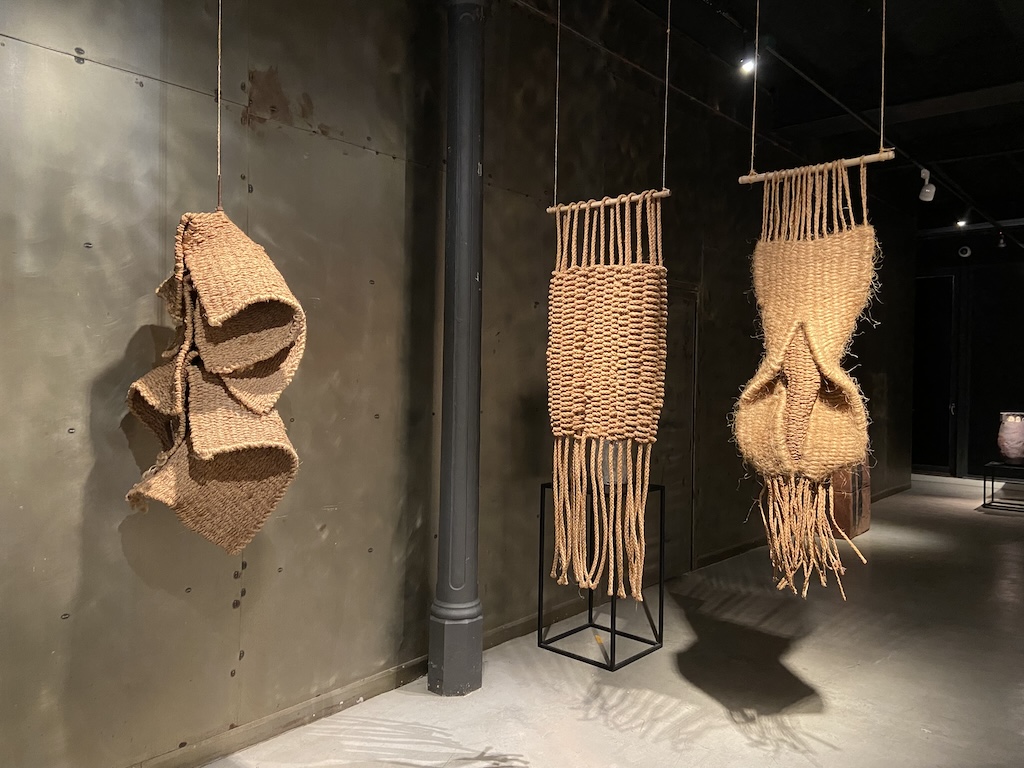 Poètiques ancestrals a la galeria Artur Ramon.
Poètiques ancestrals a la galeria Artur Ramon.
Dolors Oromí left us this past week at the age of 97, leaving a legacy deeply rooted in the sensitivity and poetics of matter. Josep Grau-Garriga highlighted her artistic evolution, especially her ability to strip matter down to its essentials, as well as the play of shapes in her tapestries and the strength and austerity they conveyed. Until almost the last moment, Dolors continued to participate in artistic projects. Last year she starred in the exhibition Ancestral Poetics at the Artur Ramon gallery, an interesting dialogue between her textile art and Madola ceramics, an exhibition that went beyond the tangible and explored a common spirituality between these two expressions, a bridge between two different ways of understanding matter and tradition.
